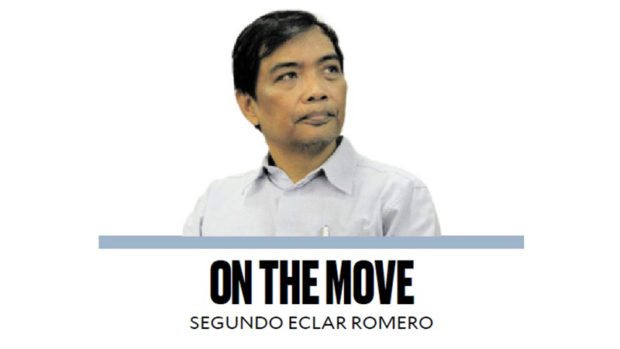The Development Academy of the Philippines celebrated its 50th anniversary on June 6, provoking a sense of nostalgia and camaraderie among current and former staff members. As someone who has worked in various government institutions, I can confidently say that few organizations have fostered such devotion and a shared sense of achievement like the DAP. Personally, I joined DAP at the age of 25, transitioning from the University of the Philippines. At the time, Dr. Onofre D. Corpuz held the position of founding president, while Horacio “Boy” Morales served as executive vice-president.
My entry into DAP was unceremonious. I was hired as a project officer in the Development Planning Systems and Futures Research division led by Col. Candido Filio. These were exciting times, as the early days of martial law prompted government agencies to quickly devise plans, programs, and projects aimed at transforming society across various sectors including agrarian reform, agriculture, cooperatives development, trade and industry, foreign affairs, and finance. New and enthusiastic young professionals flooded these newly formed departments, each of which resembled a powerful bureaucratic force.
Over the years, the Academy saw the leadership of highly talented individuals such as Jose P. de Jesus, Carmencita Abella, Fr. Gene Moran, Conrado Benitez, Mahar Mangahas, Arturo Tolentino, Magdaleno Albarraccin, Salvador Garbanzos, Milton Mendoza, William Torres, Patricia Sison, Conrado Navarro, Flor Braid, Jack Jacolbe, Jobert Vasquez, Benjamin Diokno, Teodoro Rey, and many others. The academy boasted a diverse alumni body from prestigious institutions such as UP and Ateneo.
OD Corpuz shaped the institutional personality and work style of the Academy. Coming from UP, it was initially strange but refreshing to witness the circulation of project concept papers among staff members, across departments and hierarchies, for anonymous informal feedback. There was an unwritten rule that emphasized the collective effort and discouraged individualism. This distinct characteristic defined the institution.
When reviewing my DAP notes for this piece, I stumbled upon an “Operations Committee View” from September 2003, which shed light on the Academy’s attributes. The evaluation revealed a strong emphasis on tradition, with a rating of 4.6 out of a maximum of 7. OD consistently reminded the DAP staff not to settle for retirement within the Academy. Consequently, although many employees remained until retirement, DAP began to expand and establish new institutions such as the Foreign Service Institute of the Department of Foreign Affairs and the Ministry of Human Settlements and Development. These spin-off staff members carried with them the traditions of integrity, discipline, and performance instilled at DAP.
The evaluation also highlighted the element of fun and excitement, scoring 4.34. Working at the Academy proved to be a motivating and enjoyable experience. The staff members continuously shared knowledge, tools, and processes with one another. The DAP building in Pasig served as a hub for relentless learning and problem-solving. Staff members willingly stayed beyond office hours to fulfill project and functional responsibilities.
Furthermore, the evaluation depicted DAP as a supportive environment (rating of 3.94), characterized by high trust (rating of 3.91), healthy rituals (rating of 3.86), clear values (rating of 3.65), strong teamwork (rating of 3.56), effective communication (rating of 3.5), equal treatment of individuals (rating of 3.49), and effective listening (rating of 3.49). The overall average score was 3.83, indicating a generally positive perception of the institution.
One crucial aspect I must add is the Academy’s commitment to integrity and resistance against corruption. When some staff members visited Morales at the Bago Bantay Detention Center following his capture by the military, his first concern was whether the Academy had remained “clean.” We reassured him that it had. DAP staff members often found themselves on opposing sides of the political spectrum, as evident in Morales’ decision to defect and become the chair of the National Democratic Front on the day he was supposed to receive the Ten Outstanding Young Men Award in 1977. This subtle political ambivalence cultivated within the Academy is the key to its institutional resilience.
During the Edsa People Power Revolution in 1986, DAP President Jose P. de Jesus issued a declaration in support of people power, a document that I had the privilege of drafting. DAP played a significant supporting role in the first Aquino administration. Though the DAP today may not hold the same level of importance and strength as it did in the 1970s, it has managed to stay relevant, professional, and free from corruption.
Therefore, I eagerly anticipate engaging in nostalgic sessions with fellow DAP alumni this week.
Denial of responsibility! VigourTimes is an automatic aggregator of Global media. In each content, the hyperlink to the primary source is specified. All trademarks belong to their rightful owners, and all materials to their authors. For any complaint, please reach us at – [email protected]. We will take necessary action within 24 hours.


